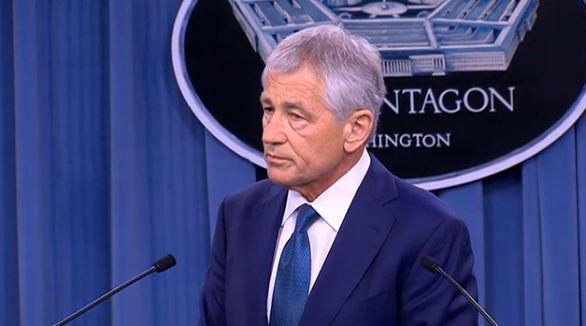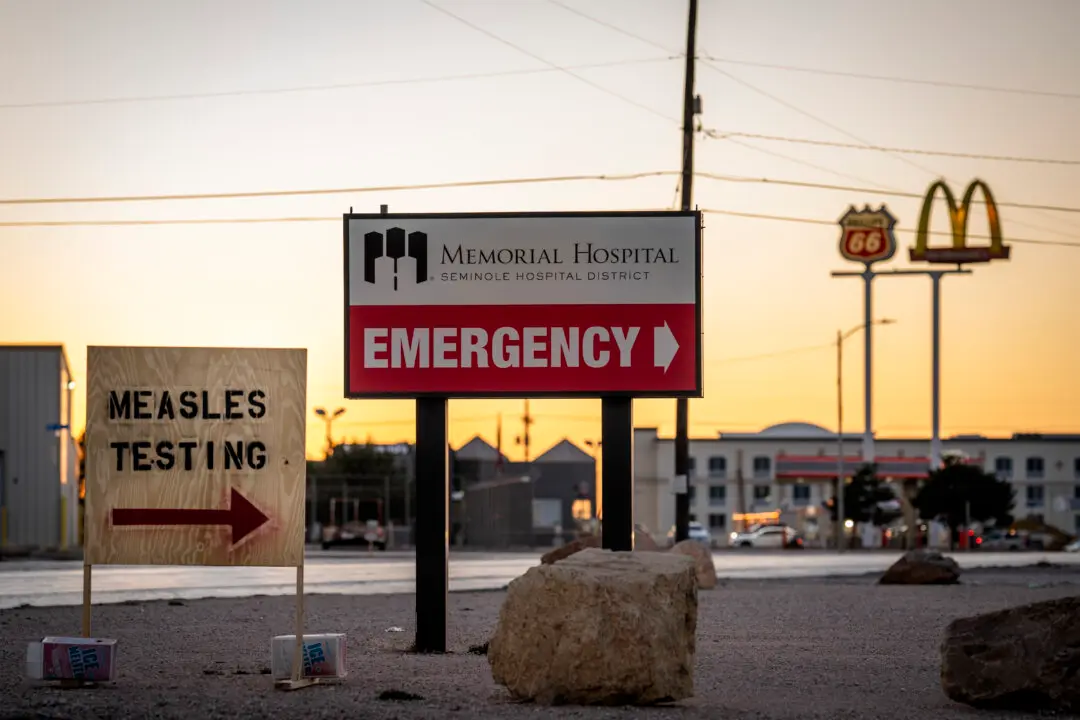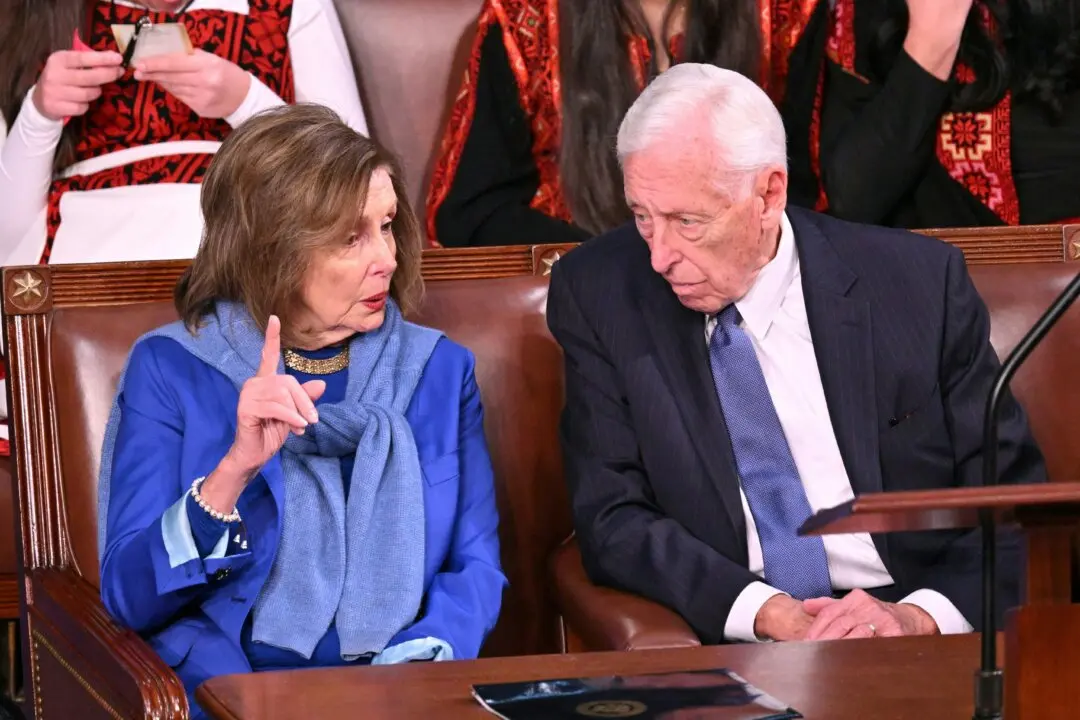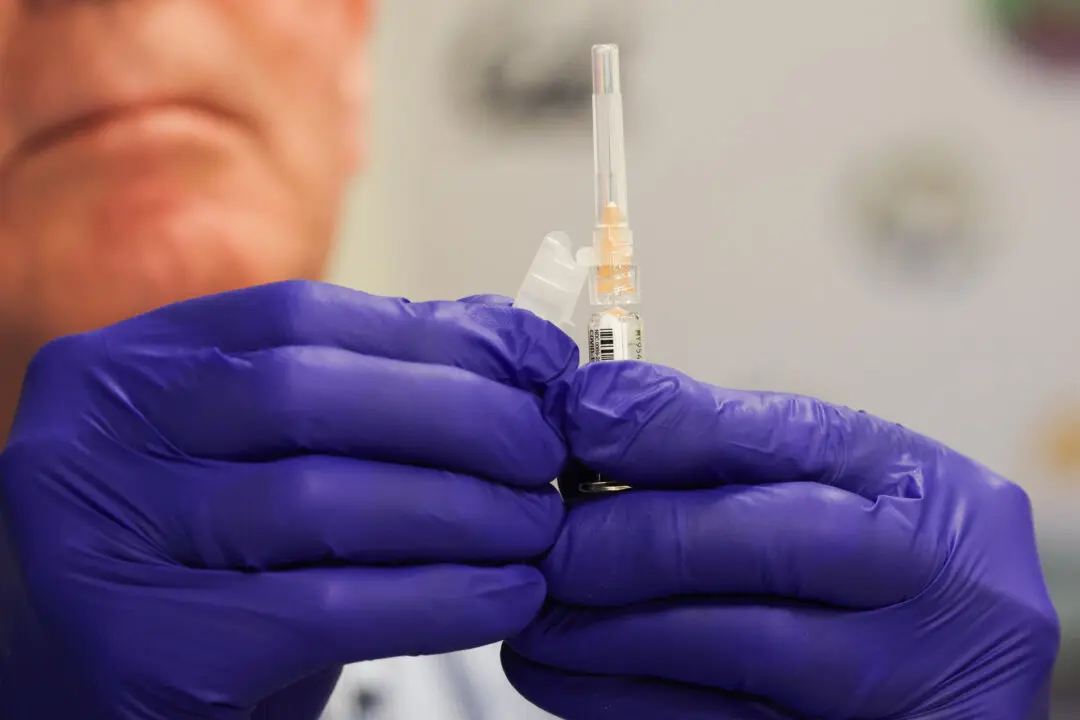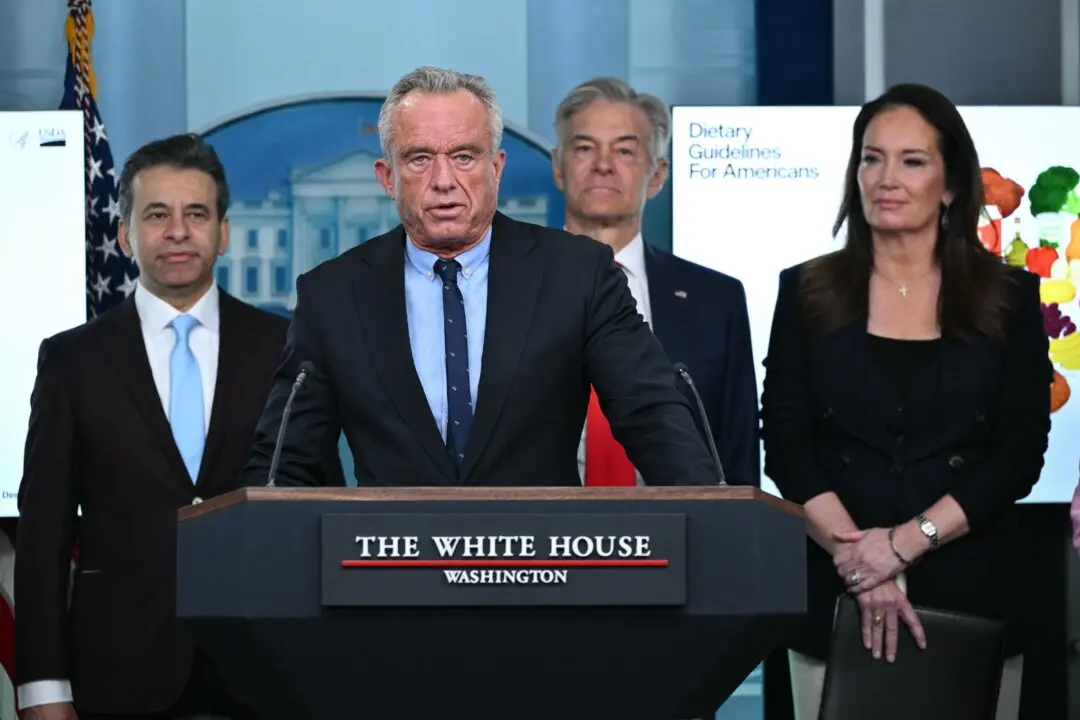Top military officials said on May 7 that the new report on the rise of sexual assaults and rape in the military will be addressed quickly.
An independent panel will begin meeting by July 1 and issues recommendations within 12 months, said Defense Secretary Chuck Hagel from the Pentagon. The recommendations will include ways to put “clear accountability” on “all leaders on every level,” he said.
Military officials have several goals:
-Make it easier to report sexual assault, rape, and other sexual crimes
-Examine the role of commanders and try to get them more involved in holding people accountable
-Improve training for prosecutors and investigators so perpetrators can be brought to justice
Another key goal is improving the environment in military units for people who report crimes. These people “perceive retaliation,” both from peers and from officers, said Army Maj. Gen. Gary Patton, who directs the Pentagon’s Sexual Assault Prevention and Response Office. A report released May 7 revealed the number of sexual assaults increased from 2011 to 2012, from approximately 19,000 to 26,000. Although a greater percentage of the estimated victims, 6.1 percent of active-duty women, were women, the greater total estimated number was of men (14,000 to 12,000). About 1.2 percent of active-duty men reported being a victim of unwanted sexual contact.
A report released May 7 revealed the number of sexual assaults increased from 2011 to 2012, from approximately 19,000 to 26,000. Although a greater percentage of the estimated victims, 6.1 percent of active-duty women, were women, the greater total estimated number was of men (14,000 to 12,000). About 1.2 percent of active-duty men reported being a victim of unwanted sexual contact.
Patton and Hagel emphasized that military officials know they have a lot of work to do.
“We have to eliminate the threat to the safety and well-being of our men and women in uniforms,” said Patton.
The process should improve to the points that victims “feel confident that if they come forward that in fact they can rely on our system of justice,” said Hagel, “and responsibility at all levels of command will be implemented and commanders will be held responsible.”
